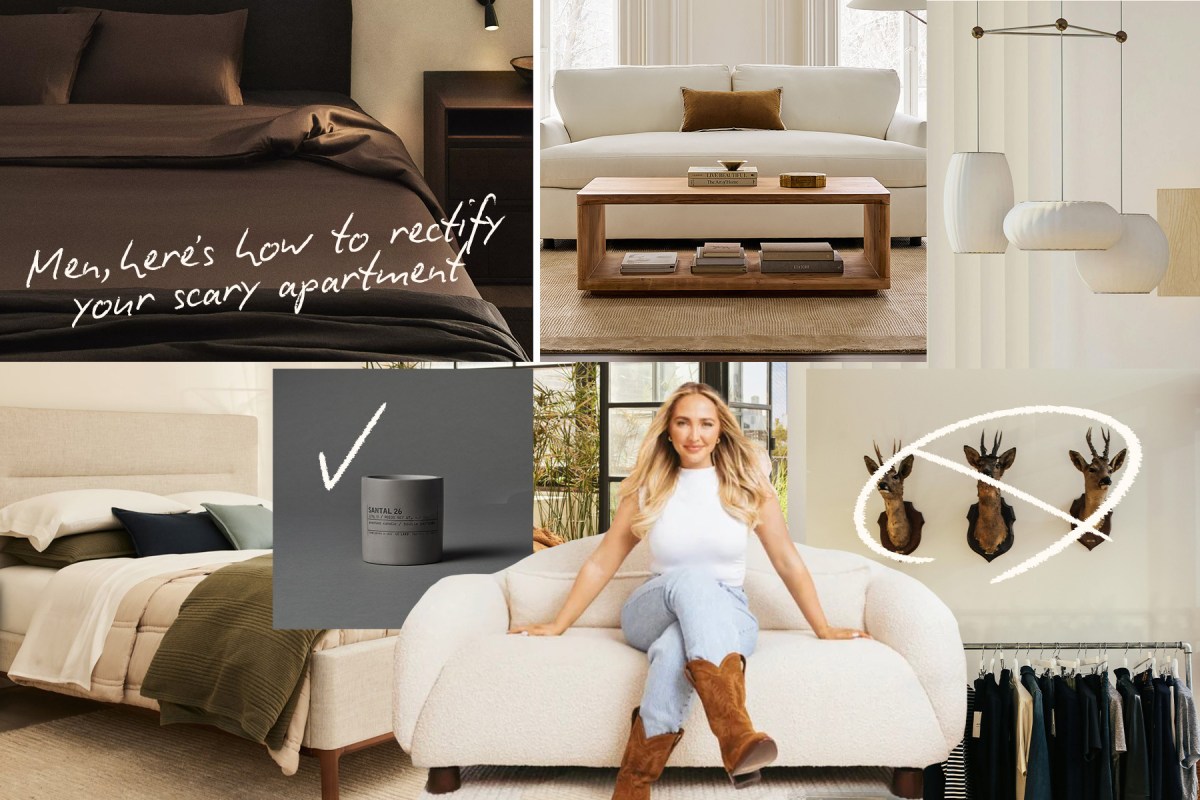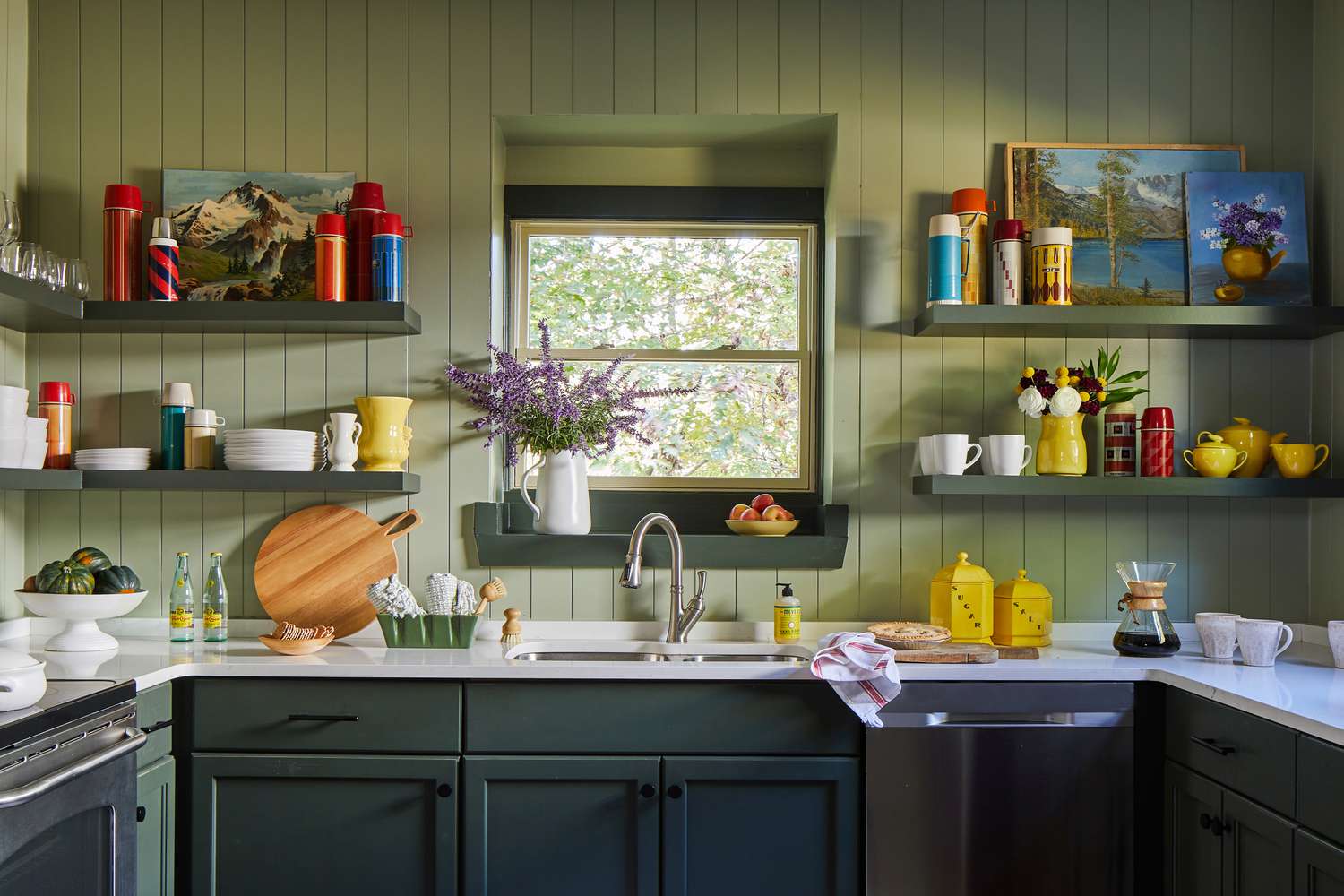Comedian Rachel Coster has recently turned heads with her unique social media antics. She fearlessly ventures into the realm least explored: the bedrooms of men in their twenties and thirties. Her innovative TikTok account, Boy Room, boasts nearly 175,000 followers and has become a hub for exploring the often-horrifying interior design inclinations of young men.
Kate Elizabeth, herself a popular social media figure with a rich background in home décor and design, adds her engaging commentary to the ongoing discussion. She describes being mortified by the chaos of boys’ rooms early on in her life, thanks to her numerous brothers.
Numerous women, particularly those in romantic relationships with men, have also regularly experienced this stopping trend. They come face to face with the mess, grime, and questionable interior design decisions every time they visit a romantic partner’s house, attend a house party, or move in with their boyfriends.
The Boy Room account provides evidence of this trend in several humorous and almost absurd instances. Some examples include a 31-year-old from Philadelphia who has decorated his apartment with taxidermy animals, a 32-year-old in New York’s Chinatown who lacks even a duvet cover, and a 27-year-old from South Philadelphia whose room is divided from the bathroom by a mere cardboard wall. Other commonly observed traits include unmade beds, a floor messily strewn with clothes, and the peculiar choice of navy blue bedsheets.
However, the boy room chronicle is not just about mockery and humor; it also seeks to offer solutions. It endeavors to guide young men on interior design that makes their female companions comfortable without entirely forgoing their personal taste in design.
According to Kenzie Elizabeth, one key problem is that many men often lack vision while decorating their spaces. They tend to grab whatever appears functional or straightforward, such as navy sheets or cold greys, without attempting to convert their space into a more homely and inviting setting.
For men who frequently entertain female guests at home, Elizabeth suggests a few tips: having a signature home scent and a big, inviting candle on the coffee table, incorporating gender-neutral elements like wicker, and having a thick, comfortable blanket for improved coziness.
For men cohabitating with their female partners, Elizabeth advises flexibility in design choices. She suggests opting for a mix of their personal preference and their partner’s design ideas, ensuring comfort without sacrificing personal taste. She also recommends picking battles around controversial décor aspects, emphasizing the need for compromise and accepting different yet beautiful design outcomes.
Circumventing stereotypical designs, Elizabeth strongly advises against the overused millennial gray and navy sheets and urges the men to ditch cheap, old furniture. Investing in the living space, according to her, can significantly enhance its aesthetic appeal.
Elizabeth’s decorated recommendations and tips on spaces for men are worth attention for all those seeking to find the right balance in their living space’s design. Her advice encourages men to explore decor beyond the traditional sphere and create spaces that charm while also being versions of their personality.




